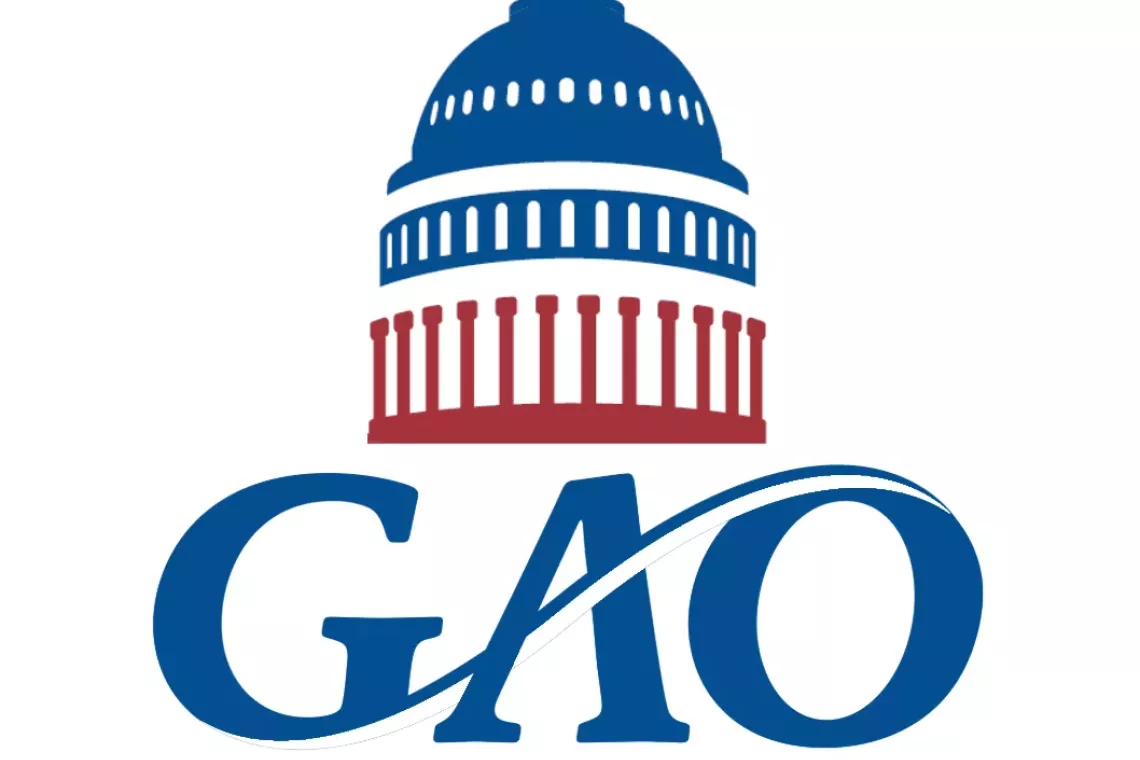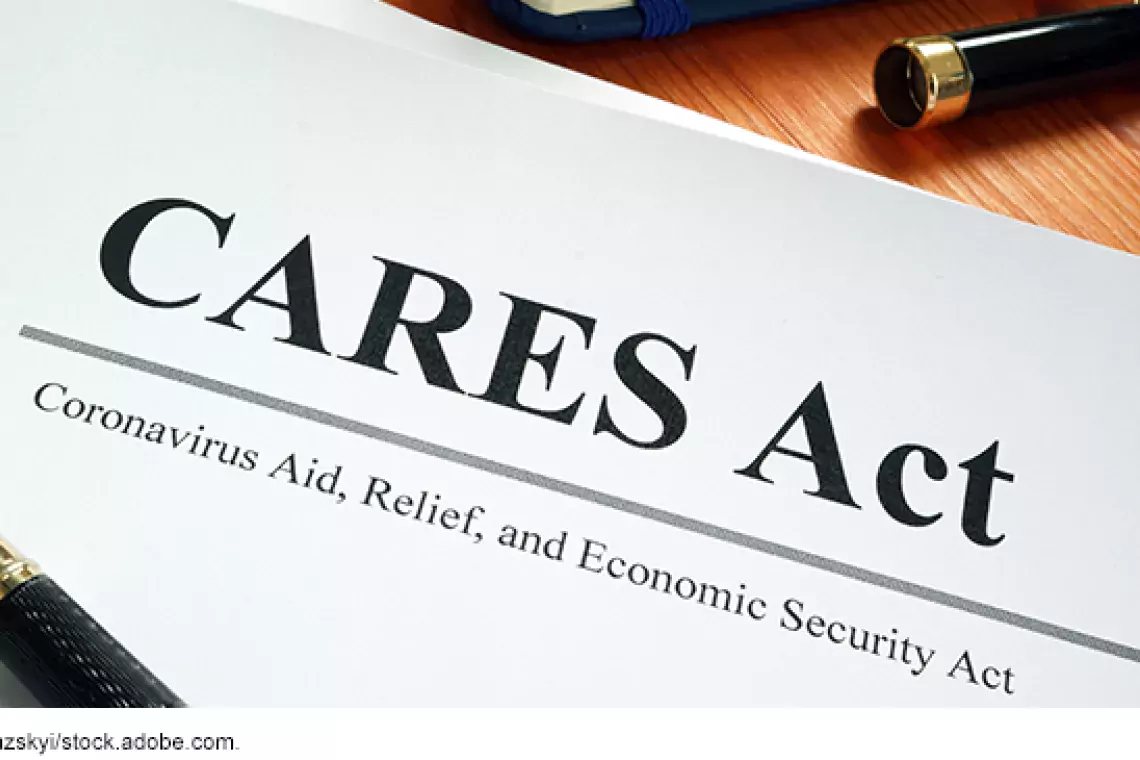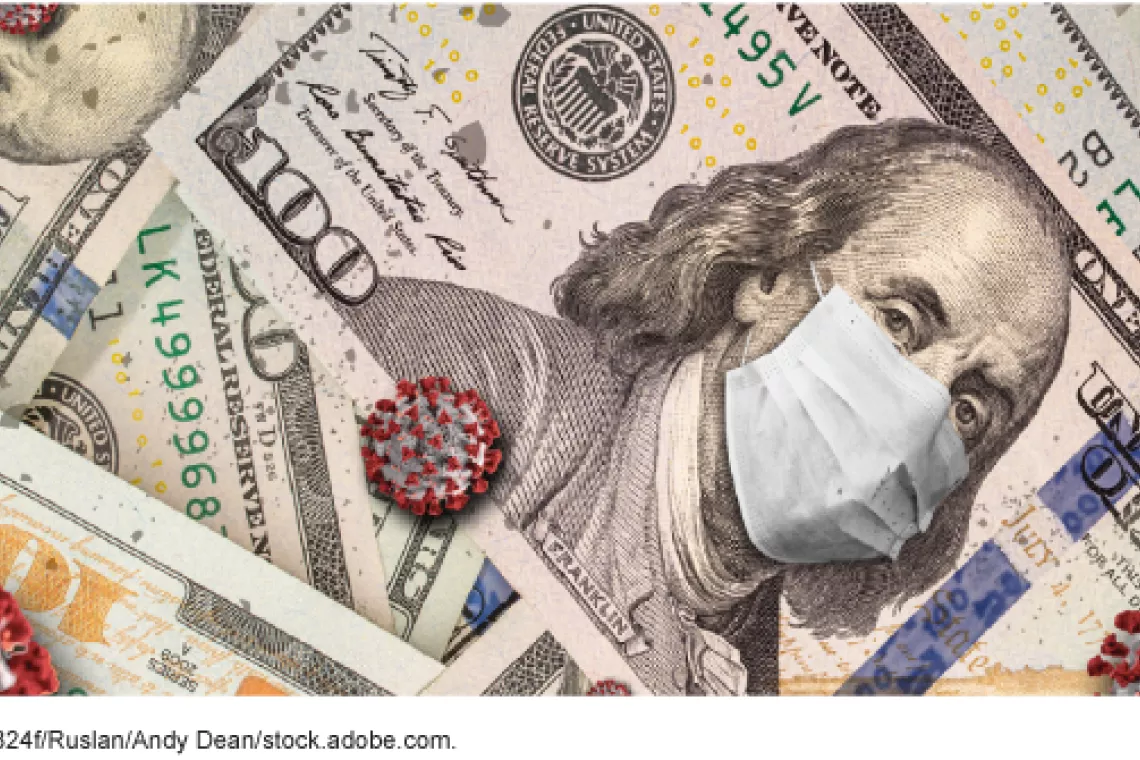Disaster loans could help small businesses affected by coronavirus
The Small Business Administration announced Thursday that it would use disaster assistance loans to help small businesses affected by COVID-19 (coronavirus), as directed by President Trump’s national address.
SBA disaster loans are usually used to help respond to localized disasters like hurricanes or earthquakes. For example, disaster loans were used to support businesses affected by Hurricanes Harvey, Irma, and Maria in 2017. But the coronavirus outbreak has affected the entire country.
Today’s WatchBlog explores how small businesses can use these loans, and how the use of these loans during the coronavirus outbreak will differ from previous recovery efforts.
How will these loans work?
SBA is offering up to $2 million in assistance for a small business that has been affected by coronavirus. These are direct loans from the federal government that can be used to pay for things like fixed debts and payrolls. The disaster loans made available for small businesses adversely affected by the coronavirus are economic injury disaster loans. (Physical disaster loans are for the permanent rebuilding and replacement of uninsured or underinsured disaster-damaged properties.)
For small businesses that cannot obtain credit elsewhere, the SBA-stated interest rate is 3.75%. Loan terms can be up to 30 years.
In order to provide assistance, SBA must first receive a request for help from the governor of a state or territory. This is a new process that has not been part of the current program. Once this request is approved, SBA will be able to makes loans available in designated areas of the state or territory.
How will they differ from previous disaster loans?
There are different types of disaster loans. The majority of disaster loans that SBA made to businesses after the 2017 hurricanes were physical disaster loans, which can to be used to rebuild and replace disaster-damaged property and are available to most businesses regardless of size.
The loans being offered now are for economic injury and are available only to small businesses.
We recently looked at how SBA responded to Hurricanes Harvey, Irma, and Maria in 2017. After each of these hurricanes, SBA accepted between 100,000 and 125,000 loan applications. SBA approved about 49% of these applications and lent over $7 billion in loans. SBA also processed over 90% of loan applications within its 45-day goal.
We may expect to see a higher volume of applications for assistance under the coronavirus because it’s a nationwide issue, and we will have to wait to see how the new process involving state and territorial governors will work.
For more information on how to get a disaster assistance loan, contact the SBA disaster assistance customer service center at 1-800-659-2955 (TTY: 1-800-877-8339) or email disastercustomerservice@sba.gov.
To learn more about our work on SBA’s disaster loan programs, check out our latest report. In addition, there is a Spanish translation of our latest report’s highlights page.
To learn more about COVID-19 (the coronavirus) and what the U.S. government is doing, visit
https://www.coronavirus.gov and https://www.usa.gov/coronavirus. For a Spanish translation, visit https://gobierno.usa.gov/coronavirus.
- Comments on GAO’s WatchBlog? Contact blog@gao.gov.
GAO Contacts
Related Products

GAO's mission is to provide Congress with fact-based, nonpartisan information that can help improve federal government performance and ensure accountability for the benefit of the American people. GAO launched its WatchBlog in January, 2014, as part of its continuing effort to reach its audiences—Congress and the American people—where they are currently looking for information.
The blog format allows GAO to provide a little more context about its work than it can offer on its other social media platforms. Posts will tie GAO work to current events and the news; show how GAO’s work is affecting agencies or legislation; highlight reports, testimonies, and issue areas where GAO does work; and provide information about GAO itself, among other things.
Please send any feedback on GAO's WatchBlog to blog@gao.gov.




